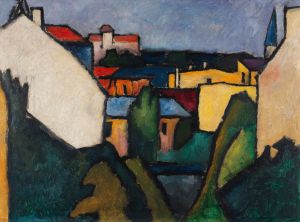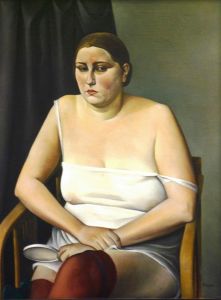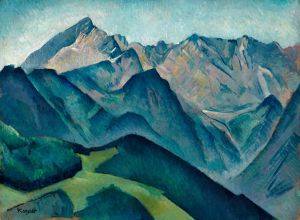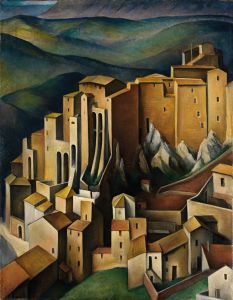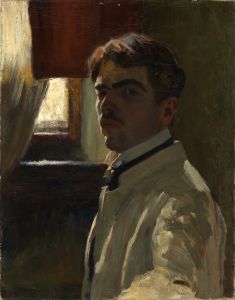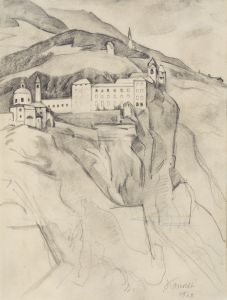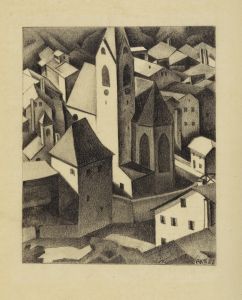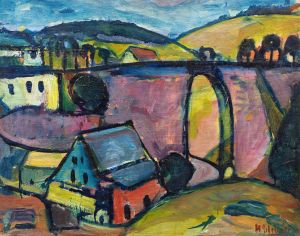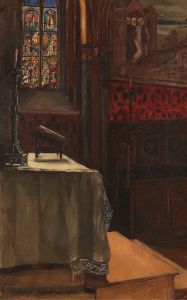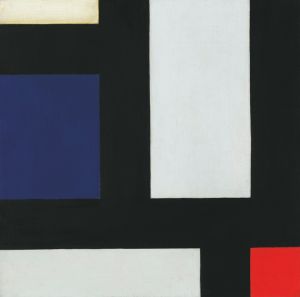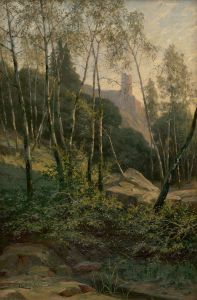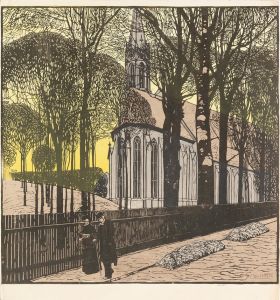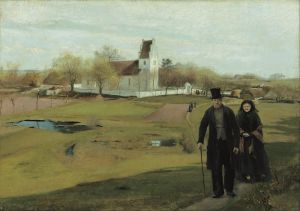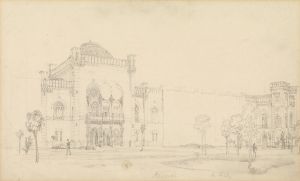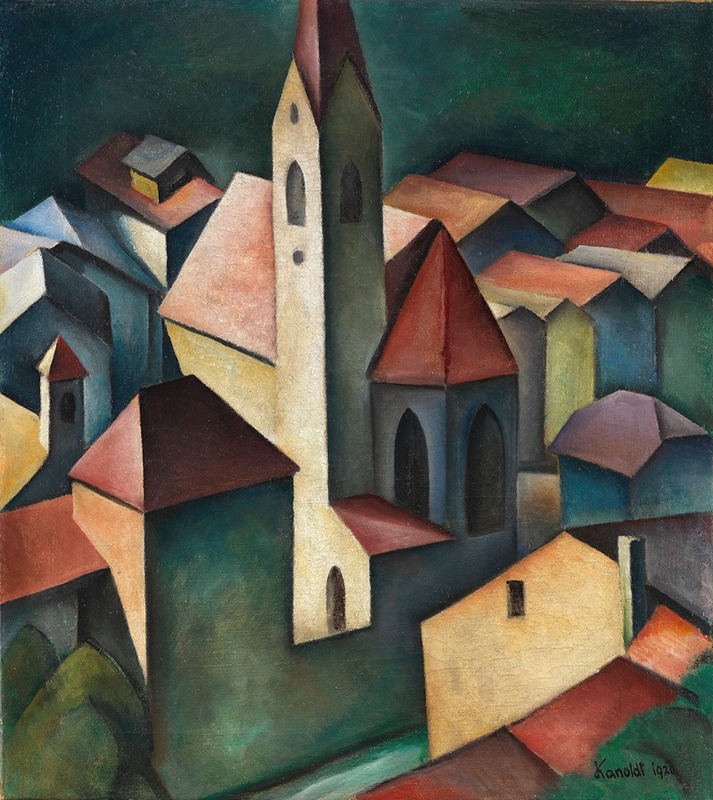
Die Kirche III
A hand-painted replica of Alexander Kanoldt’s masterpiece Die Kirche III, meticulously crafted by professional artists to capture the true essence of the original. Each piece is created with museum-quality canvas and rare mineral pigments, carefully painted by experienced artists with delicate brushstrokes and rich, layered colors to perfectly recreate the texture of the original artwork. Unlike machine-printed reproductions, this hand-painted version brings the painting to life, infused with the artist’s emotions and skill in every stroke. Whether for personal collection or home decoration, it instantly elevates the artistic atmosphere of any space.
Alexander Kanoldt was a German painter associated with the New Objectivity movement, which emerged in the 1920s as a reaction against expressionism. This movement was characterized by a return to realism and a focus on the objective representation of reality, often with a critical or satirical edge. Kanoldt was one of the prominent figures in this movement, and his works often reflect its principles.
"Die Kirche III" is one of Kanoldt's notable paintings, although specific details about this particular work are not extensively documented. However, it can be inferred that, like many of Kanoldt's works, it likely embodies the characteristics of the New Objectivity movement. Kanoldt's paintings often feature precise, clear lines and a meticulous attention to detail, which are hallmarks of the movement's aesthetic.
Kanoldt was born in 1881 in Karlsruhe, Germany, and he initially studied under his father, Edmund Kanoldt, who was a landscape painter. He later attended the Academy of Fine Arts in Karlsruhe, where he was influenced by the prevailing artistic trends of the time. Kanoldt's early work was influenced by impressionism and post-impressionism, but he gradually moved towards a more realistic and objective style.
In the 1920s, Kanoldt became associated with the New Objectivity movement, which was gaining momentum in Germany. This movement was partly a response to the chaotic and tumultuous period following World War I, as artists sought to depict the world with clarity and precision. Kanoldt's work from this period often features urban landscapes, still lifes, and architectural subjects, rendered with a cool detachment and an emphasis on form and structure.
"Die Kirche III" likely reflects Kanoldt's interest in architecture and his ability to capture the essence of a building with precision and clarity. His architectural paintings often depict buildings with a sense of solidity and permanence, emphasizing their geometric forms and the interplay of light and shadow. This approach aligns with the New Objectivity's focus on depicting the world in a straightforward and unembellished manner.
Kanoldt's work was well-received during his lifetime, and he exhibited widely in Germany and internationally. However, like many artists of his generation, his career was disrupted by the rise of the Nazi regime, which condemned modern art movements, including the New Objectivity. Despite these challenges, Kanoldt continued to paint until his death in 1939.
Today, Kanoldt's work is recognized for its contribution to the New Objectivity movement and its influence on subsequent generations of artists. His paintings are held in various public and private collections, and they continue to be studied and appreciated for their technical skill and their reflection of the social and cultural context of early 20th-century Germany.
While specific information about "Die Kirche III" is limited, it can be appreciated within the broader context of Kanoldt's oeuvre and the New Objectivity movement. His work remains an important part of the history of modern art, offering insights into the artistic and cultural shifts of his time.





